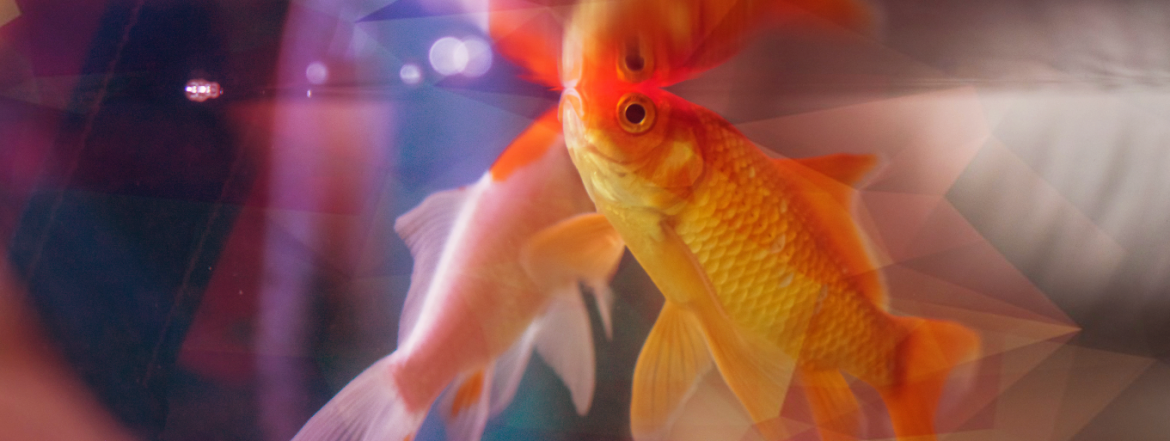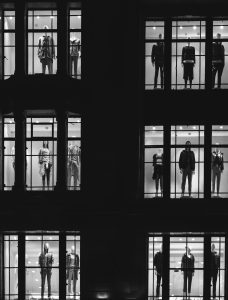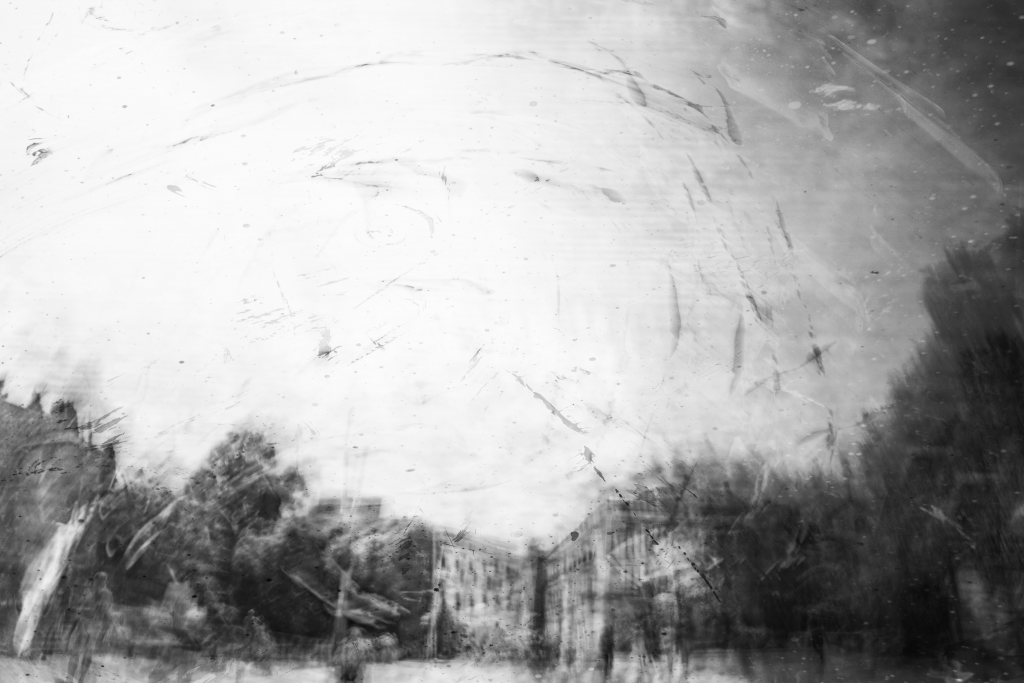On Artificial Humanity, Coronavirus Revolutions, and the Zoomanities
by
Artificial Humanity
In the spring 2020, a group of scholars across the University of California convened as part of a residential research group sponsored by UCHRI. We were to spend a semester together in close residential quarters to discuss great ideas, an intellectual salon of sorts involving strangers. The theme given to us was “Artificial Humanity,” the cohort comprising of experts studying everything from Frankenstein to the gig economy. Then the Covid-19 pandemic hit, and our little coterie had to be rerouted online in order to avoid infection and practice social distancing. Participants lamented the fact that we had to suddenly change course, but the optimist in me found something interesting in the new social experiment. Given that our topic centered on artificial humanity or AH, I suggested our theme was most apt to conceive this postmillennial moment.
If anything, there was always something “artificial” about the elite research university, composed of adjuncts but catered to tenured faculty who can discuss and dissect worldly problems without always embodying them. In many ways, “we” were already working “remote,” removed and sequestered from “the rest,” long before the pandemic, but we got “bodied” in some ways by this coronavirus. An enclosed intellectual community got extracted from its natural comforts and found itself pontificating about the sorry state of the world safely from home, while frontline workers faced down death. There was an underlying almost cannibalistic quality to it all, one that cannot be avoided in the age of intensified class stratification wedded to racial apartheid and the sexual division of labor.
“ What is the flip side to the abstract ‘life of the mind’ if not the frailty of the sickened body? ”
Under the gun of neoliberal corporatization, academics and the professional avatars they inhabit are forced to become aspirational forms of AH—upwardly mobile productivity machines trying to emulate the ideals of post-Enlightenment liberal humanism, while taking part in inequitable colonial power structures that have been naturalized and reached their critical inflection point. The Arctic burning at boiling temperatures is not natural, so why keep up the world of appearances based on civility and the politics of respectability? What is the flip side to the abstract “life of the mind” if not the frailty of the sickened body? In searching for AH, my cohort and I kept asking if humans can ever be placed, displaced, or even replaced (perhaps by robots)? Is there a home for alternatively constructed “others” in the monstrous plastic environment that Man has created?
Artificial humanity is almost a tautology. The word “artificial” has two meanings and it is in this double vein that we understand its modern-day provenance. Artificial can mean: 1) something made or produced by human beings instead of occurring naturally as perhaps a copy of something in “nature” and 2) personal behavior that appears fake, insincere, or affected. “Humanity” draws its etymology from ideas of human nature and human collective life, while describing the humane conditions of benevolence, pity, kindness, and “good breeding.” Like the corporation that can be considered legally human, the academic pretense of diversity and multiculturalism can be considered AH in that it masks the structural racism and eugenics that run deep within educational institutions. Subjected to the habituations of an outworn conceptual apparatus like liberal humanism (Classics but not Ethnic Studies), the mechanical world-picture of higher ed based on what sociologist Eduardo Bonilla-Silva calls “racism without racists” slowly gets enervated by ideological perversions (meritocracy) and the lack of imagination for new socialities. In light of such edifices built on widespread disparity, the collectivity of artificial humanity becomes the main target of analysis, not the feared “singularity” of the newly conscious technological machines or what is called artificial intelligence (AI). Death does not have to be self-fulfilling prophesy of the coronavirus. Emergent diseases showcase the possibilities of the humanities after the human.
The Zoomanities
Where does the cultural artifact of “humanity,” socially constructed, exist within the wide spectrum of non-human realities as well as posthuman animacies? A pathogenic virus was an uninvited guest crashing into our human party. Yet, this strange familiar had something to say, and we are forced to listen. Speaking unapologetically its queer illegalized presence without any remorse, the “foreign virus” could not afford to be interrupted by the usual inane chatter or customs of homo sapiens, it seemed to outsmart the best of human thinking. Rather than the cyborg manifesto, it was time for the coronavirus manifesto. The “thing” that can signify many things cracked open the hybrid ironic subject able to play with difference. This viral migrant hopscotching from one location to the next brought we/me/us back into the freighted fold of the great unknown of knowledge-production, one whose uncanny power to excite the imagination (and fear) exceeds its plain scientific label: Covid-19. Now we all try to say dreaded name together in competing tongues. This ushers in “novel” life forms and streams of thought, born out of an earthly biome of creatures that exist outside the spectacle of caged zoos.
Epidemiology is epistemology. How we know what we know, our scholarly drive to derive truth in nature from science, comes from not knowing the true character of things like death and disease. So-called zoonotic infections like Covid-19 do not simply “cross over,” as thought, transmitted from non-human animals into modern humans, they already co-inhabit our terrain, dwelling with/in our community despite the rising tide of xenophobia against them. Thinking the coronavirus and its racialized carriers as purely outside the norm carries a type of human exceptionalism, relegating countless living organisms to a State of Nature/War that must be killed by necropolitical genocide. The coronavirus’ interpenetration of the human immune/social system augurs a communally inspired almost fatalist mode of theorizing that goes beyond the humanities to breach the species barrier. The resulting zoomanities stages a planetary encounter with the many forms of torture and captivity that include everyone from asylum-seekers to incarcerated people of color that, according to critics, are treated not unlike the lab “specimens” tortured in the name of science and factory farming. Belief in a transspecies “jump” from an external “animal reservoir” into human organs presents an intellectual leap as much as an evolutionary one, a symbolic process that sheds light on animality (and artificiality) of the human. How to respond to this mutation?
“ The lung-busting Covid-19 appears to accelerate the kind of historic upheaval promised by Marxism. At the same time, the disease announces its own historicity if any, while affirming an independent life-force and species-being, which many could no longer afford to ignore. ”
With coronavirus government responses and stimulus packages that some say verge on socialism, the ghost of Marxism has returned with a vengeance. Here, we are reminded of Karl Marx sense of Man’s “labor power,” the raw material formed from his “species-being,” objectified by the industrial factory’s efforts to turn the proletariat worker into a crude animal-machine. Yet, this animal laborans views economic life-activity as the willed object of the self and historical consciousness, one that that ultimately feeds into the promise of a classless society. But Marx was ultimately not extinguished at the hands or knife of any capitalist robber baron; he died after experiencing serious sinus and throat infections from acute bronchitis and pleurisy, inflammation of the chest cavity. The lung-busting Covid-19 appears to accelerate the kind of historic upheaval promised by Marxism. At the same time, the disease announces its own historicity if any, while affirming an independent life-force and species-being, which many could no longer afford to ignore. The bourgeois billionaire mogul’s fear in the slowdown of economic markets ignores the languishing of billions of people and flora/fauna under neoliberal regimes where profits come before anything else. Yet, a pandemic always presents alternative pathways on how to live and die beyond economized calculations. No longer should artificial humanity follow the commodification of life, the productive machine of capitalism with its extractive markets and unsustainable consumer lifestyles.
The word pandemic originally derived from Greek: the word pandemic means “all” (pan) and “people” (demos), but a global pandemic reveals how not all people receive equal dignity and protection within an idealized humanity. Insofar as its effects are distributed unevenly, the cure or treatment does not rely solely on technical problem-solving. Here, the zoomanist must not only consider endangered human lives in the here and now, but the subjugated memory of destruction of the planet over eons, one whose vast array of life are continuously eroded by plastics, mining, pesticides, and greenhouse gases. The Anthropocene bleeds into the Animalscene and the Plantationocene, and no artificial divide can keep these biospheres apart forever. The “looting” of the earth’s resources and trophy “shooting” of its animals mirrors the colonial denial and dispossession of life.
What does it mean to be (artificially) human in a time plagued by fears of racial zoonosis, the miscegenation and crossing over of the racial barrier between humans and nonhumans? Rather than further extrapolate on the human, we must explode its myths. Far from another exhausted philosophical enterprise, it might behoove us to consider zoonosis as the synonym of racism. Under racial pandemics like the kind seen under the Covid-19 outbreak, urban migrants in the city seeking a better life are choked to death by the law at a moment when unwanted refugees are drowned in the name of protecting “law and order.” The “flugitive” seeks to outrun nativists states that view them as the enemy of humanity. A pandemic that is both viral and racial induces a form of psychosomatic unsettling that turns out to be necessary leveling. It summons an epigenetic trauma irreducible to the loss of “human values.” It speaks to a political movement and radicalization that cannot be explained away by a “clash of civilizations” and cultural tribalism/barbarization. The coronavirus manifests a fate that is not destined.
The Coronavirus Revolutions
On the Eve of destruction, Adam tried to again mansplain the problems and evils of mankind to the accursed femme. But no false blame could be easily had for the subaltern that can speak (truth to power) while wearing a face mask. What Sylvia Wynter calls the overrepresentation of Man finds its white fragility and critical vulnerabilities in the intersectional feminist of color still committed to #SayHerName and proclaim #MeToo amid a public health scare. This is so because “public” actions to protect the body politic do not include the bodies of transgender violence and prevent the epidemic of femicide washing over the despotic heteropatriarchal world. Under the authoritarian shadow of the strongman, the people always outnumber he who wishes to remain sovereign forever, ruling over the many who know and can do better. This fight involves an enduring armed struggle and resolve against fascist police states that only know endless war. In a slave republic built on conquest and Indigenous genocide, the threat to humanity must be smashed like Columbus monuments and Confederate statues. A coronavirus breaks down border security walls and prison bars. A deadly disease spares none, but it also figures the deadly compromise that comes with making nice with oppressors who only wish for your extinction and wield a pandemic to further your obsolescence.
“ A pandemic that is both viral and racial induce a form of psychosomatic unsettling that turns out to be necessary leveling. ”
Any simple ethical gesture to life and liberty cannot account for the global scene of violence, as Denise Ferreira da Silva writes, as there exists a need for conceiving otherwise the horizon of death. The legal obscurity and juridical delay for reparations is not due to a Rawlsian veil of ignorance. A reordering of things must come to grips with the ways the “commons” of a given humanity veiled by the color line, which W.E.B. Dubois articulated in the past as the condition of our present future. The waxing and waning vernacular of nationalist nostalgic must eventually come to blows with the moral force of Afro-Indigenous futures that do not perceive the planet, and even outer planets, as virgin frontiers to be colonized. As poet Joy Harjo muses, the altars of greed such as chain supermarkets (where consumers battle for toilet paper) are the benighted enshrined places where we forget how we became human. Yet, it is through what she calls the “membrane of death,” the intestinal parts where a virus can embed itself, that perhaps we might find the map to the next world. One with no exit strategy.
As anticolonial psychoanalyst Frantz Fanon once noted, the protest mentality and culture of revolt against policing of bodies arises from the struggle to gasp for the “air of liberty” diminished by colonialism: “an attacker who is strangling me, because I literally cannot breathe.” Attacking the retrenchment of the capitalist racial state under a global pandemic means uprooting colonial patriarchy. It moreover demands unmasking White feminism, following Aileen Moreton-Robinson, countering the false claims of unhinged Susans, Beckys and Karens safeguarding the White Possessive. Meanwhile, the aphorism that “no man is an island,” brought back so casually in the age of coronavirus, seems to have forgotten the Antillean legacy of Caliban as well as the imperial magic trick of annexing more lands in the Palestinian Occupied Territories. Under the doctrine of settler conquest, they disavow the lips sewn shut as a silent protest by refugees imprisoned on Christmas Island. Meanwhile, the disorienting Orientalism of the “China virus” and “Pandemonium” falls into the same political territory as Hong Kong. Here, the “Sick Man of Asia” meets the “Ugly American,” both believing they are immortal and inoculated against disease with the potent virile mix of militarism and hatred. But when given the choice between the bullet and the ballot, as Malcolm X one proclaimed, people will always choose freedom and love, even under conditions of pained duress.
Covid-19 gave no trigger warning to an artificial humanity that has yet to reckon with its ruse of cunning. The coronavirus revolution seizes a ripe opportunity for analysis and anarchy that short-circuits disinformation as well as wishful thinking for peace without justice. Instead, it responds to the tidal wave of racism, classism, heterosexism, and religious intolerance with a tight fist and a loving kiss. At the end of the day, the mutually reinforcing generating forces that constitute the matrix of oppression release pent-up frustrations and tensions that have already escalated beyond liberal democracy. Recovery is memory. In the midst the coronavirus apocalypse, when nothing is sacrosanct or safe, not even the human, it is best to pose an anti-theory of human nature well-versed in both immunity and inequity. The coronavirus apocalypse is well upon us, but this is not the end of things. It is always the beginning of much-needed change.
This essay is part of the focal series, VIRUSHUMANS, coordinated by UCHRI’s Spring 2020 RRG on Artificial Humanity.





